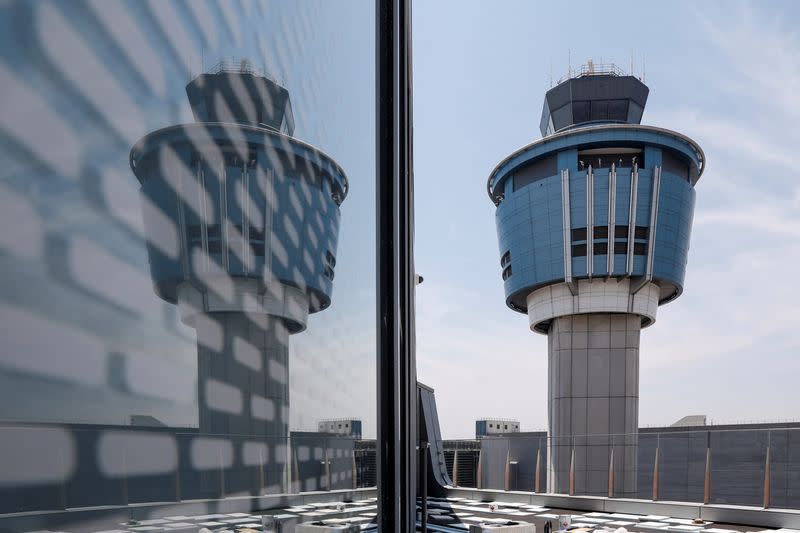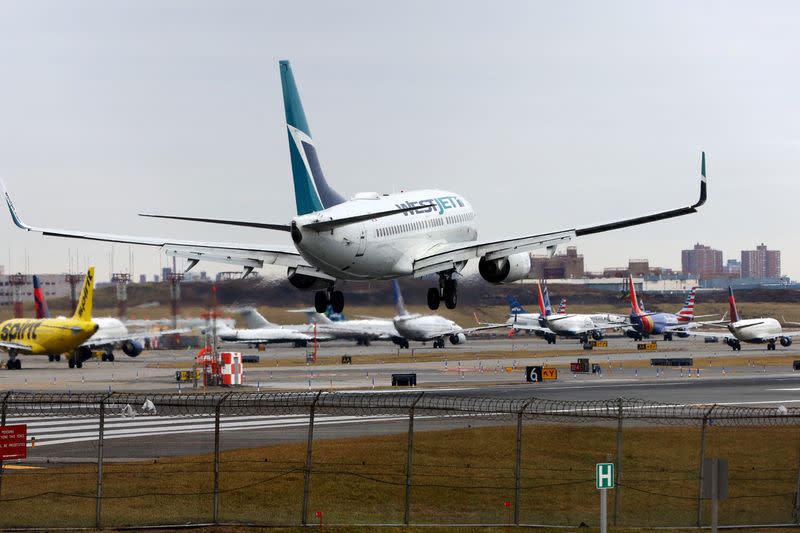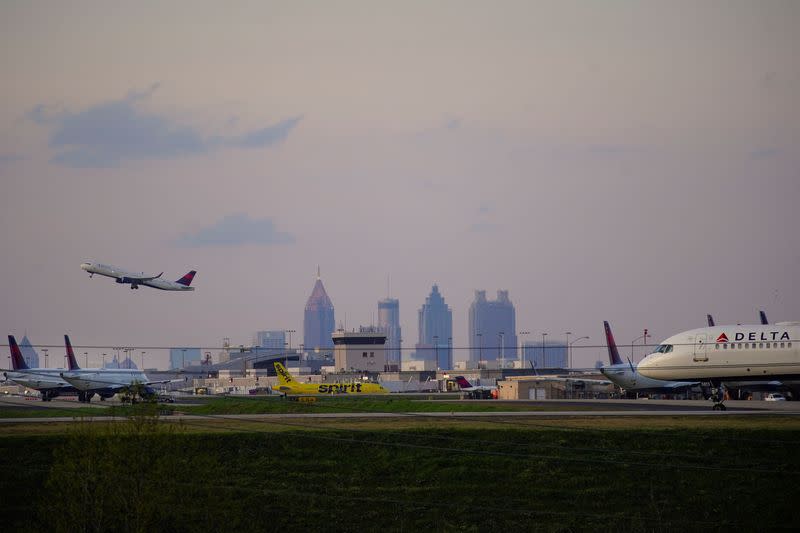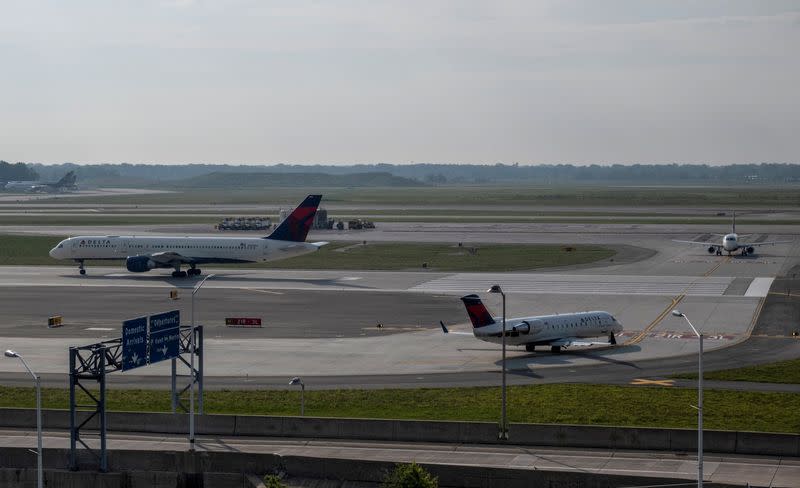Staffing shortages, outdated facilities threaten US air safety -- report
- Oops!Something went wrong.Please try again later.
By David Shepardson
WASHINGTON (Reuters) -An independent U.S. aviation review team called on Wednesday for "urgent action" to prevent plane crashes, and made a series of recommendations to boost safety after a series of close calls involving passenger jets.
The panel, named by the Federal Aviation Administration (FAA), released a 52-page report citing problems that included shortages of air traffic controllers, technology issues, outdated systems and dramatic funding needs. Since January, the National Transportation Safety Board has opened seven investigations into near-miss incidents, including some that could have been catastrophic.
The FAA has been "asked to do more with less in an already strained system, and the series of serious incidents in early 2023 illuminate significant challenges to the provision and safety oversight of air traffic services," said the report chaired by Michael Huerta, a former FAA administrator.
The report said the FAA's communications system has been outdated for years and the agency can no longer get spare parts for many systems.
"There is a limit to how far the challenges of inadequate, obsolete, and unreliable facilities, equipment, and technology can be managed to preserve safety," it said.
It cited aging FAA air traffic control facilities with leaking roofs, broken heating and air conditioning systems and old surveillance radar systems that must soon be replaced at a cost of billions of dollars.
It also called for strengthening FAA organizational structures.
The FAA in September extended cuts to minimum flight requirements at congested New York City-area airports through October 2024, citing staffing shortages. New York Terminal Radar Approach Control staffing is just at 54% of recommended levels.
A government watchdog report said in June critical air traffic facilities face significant staffing challenges, posing risks to air traffic operations. At many facilities, controllers are working mandatory overtime and six-day work weeks to cover shortages.
In August, a Southwest Airlines Boeing 737 and a Cessna Citation 560X business jet came less than 100 feet (30 meters) apart in San Diego. The FAA said an air traffic controller cleared the Cessna to land on a runway even though Southwest Flight 2493 had already been told to taxi onto the same runway.
The FAA said in March it was taking steps to improve air traffic control operations, which are short-staffed. "There is no question that we are seeing too many close calls," the head of the FAA's air traffic organization told employees.
The FAA said in September it was seeking recommendations on how it could require cockpit-alerting technologies designed to reduce runway safety events.
(Reporting by David Shepardson, Editing by Louise Heavens, Nick Zieminski and David Gregorio)




